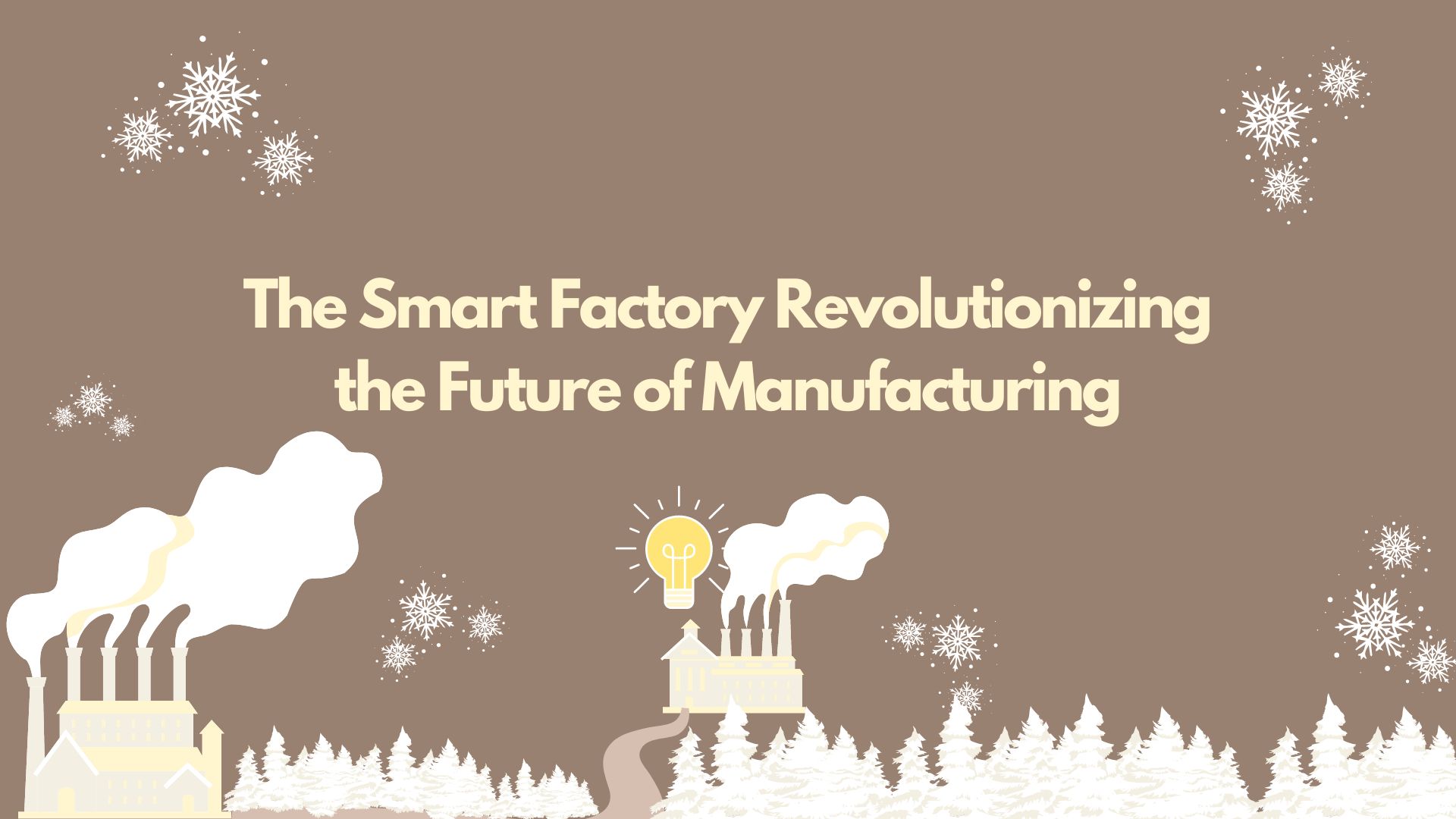Introduction
The manufacturing industry is entering a new era characterized by the integration of cyber-physical systems, the Internet of Things (IoT), and advanced data analytics. This transformation, often referred to as the rise of the smart factory, promises to revolutionize manufacturing processes, increase efficiency, and drive innovation. This blog explores the key components of smart factories, their benefits, and the steps manufacturers can take to transition into this new age.
Understanding Smart Factories
Smart factories represent a fundamental change in the way manufacturing operates. They involve the integration of digital technologies into every aspect of the production process, creating environments where machines, systems, and humans communicate and collaborate seamlessly.
Key Components of Smart Factories
- Internet of Things (IoT): IoT connects machines, devices, and sensors to the internet, enabling real-time data collection and analysis. This connectivity allows for better monitoring, control, and optimization of manufacturing processes.
- Advanced Data Analytics: Utilizing big data and advanced analytics helps manufacturers make informed decisions, predict maintenance needs, and improve overall efficiency. By analyzing vast amounts of data, companies can identify patterns and trends that drive process improvements.
- Cyber-Physical Systems: These systems integrate physical processes with digital control systems, allowing for real-time monitoring and control. Cyber-physical systems enhance automation, precision, and flexibility in manufacturing operations.
- Artificial Intelligence (AI) and Machine Learning: AI and machine learning algorithms can optimize production schedules, predict equipment failures, and improve quality control. These technologies enable manufacturers to automate complex tasks and make data-driven decisions.
- Robotics and Automation: Advanced robotics and automation technologies streamline production processes, increase speed, and reduce human error. Robots can perform repetitive and hazardous tasks, ensuring consistent quality and enhancing worker safety.
- Augmented Reality (AR) and Virtual Reality (VR): AR and VR technologies are used for training, maintenance, and design purposes. They provide immersive experiences that improve operational efficiency and reduce downtime.
Benefits of Smart Factories
- Increased Efficiency: Smart factories optimize production processes, reducing waste and maximizing resource utilization. This leads to higher productivity and lower operational costs.
- Enhanced Product Quality: Real-time monitoring and data analysis help identify defects early, ensuring consistent product quality and reducing the rate of defective products.
- Cost Reduction: Automation and predictive maintenance reduce operational costs by minimizing downtime, improving resource allocation, and lowering maintenance expenses.
- Improved Decision-Making: Data-driven insights enable manufacturers to make informed decisions, enhancing strategic planning and operational management.
- Flexibility and Agility: Smart factories can quickly adapt to market changes, customize products, and meet varying customer demands efficiently.
- Sustainability: Implementing digital solutions contributes to sustainable manufacturing practices by optimizing energy usage, reducing waste, and lowering carbon footprints.
Steps to Transition to a Smart Factory
- Assess Current Capabilities: Evaluate existing processes, technologies, and workforce skills to identify gaps and opportunities for improvement.
- Develop a Strategic Plan: Create a roadmap for digital transformation, outlining the technologies to be adopted, timelines, and investment requirements.
- Invest in Technology: Implement IoT devices, advanced analytics, cyber-physical systems, AI, robotics, and AR/VR technologies to modernize production processes.
- Upskill the Workforce: Provide training and development programs to equip employees with the skills needed to operate and maintain new technologies.
- Foster a Culture of Innovation: Encourage a mindset of continuous improvement and innovation within the organization, promoting collaboration and experimentation.
- Monitor and Optimize: Continuously monitor performance metrics and optimize processes based on data insights to achieve ongoing improvements.
Case Study: A Successful Smart Factory Transformation
A leading automotive manufacturer, [Company Name], embarked on a journey to transform its operations into a smart factory. Key initiatives included:
- IoT Integration: Implementing IoT sensors on production lines to monitor equipment performance and predict maintenance needs, resulting in a 30% reduction in downtime.
- Advanced Analytics: Using big data analytics to optimize supply chain operations, leading to a 20% improvement in delivery times and a 15% reduction in inventory costs.
- Robotic Automation: Deploying advanced robotics for assembly tasks, increasing production speed by 25% and ensuring consistent product quality.
- Cloud-Based Collaboration: Utilizing cloud computing for seamless collaboration across different departments, improving communication and project management.
As a result of these initiatives, [Company Name] experienced significant improvements in efficiency, product quality, and customer satisfaction, positioning itself as a leader in the automotive industry.
Conclusion
The transition to smart factories represents a monumental shift in the manufacturing industry, offering unprecedented opportunities for efficiency, quality, and innovation. By embracing IoT, advanced analytics, cyber-physical systems, AI, robotics, and AR/VR, manufacturers can revolutionize their operations and stay ahead in a competitive market. As the industry continues to evolve, the adoption of smart factory principles will be crucial for achieving long-term success and sustainability.









